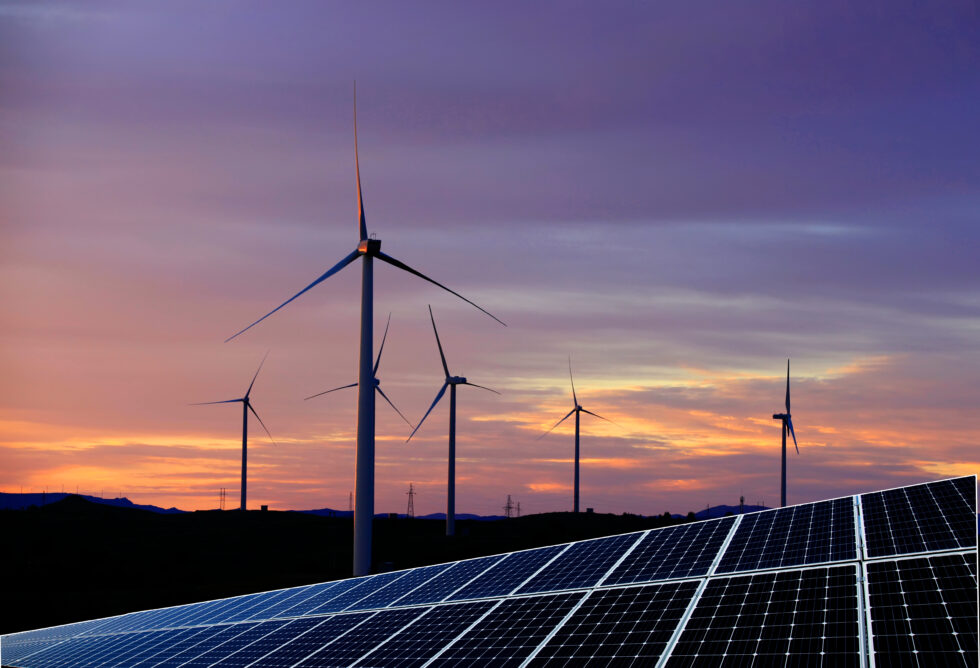The energy sector is undergoing a massive transformation. With growing demand, decarbonization goals, and decentralization of power sources, companies are under pressure to become smarter, more efficient, and more sustainable.
From predicting energy demand to optimizing grid performance, analytics is redefining how the energy industry operates. In this blog, we explore the top data analytics trends in the energy sector that are shaping the industry’s future in 2025 and beyond.
1. AI-Driven Energy Demand Forecasting
Predicting the Unpredictable
Energy companies are increasingly leveraging artificial intelligence (AI) and machine learning (ML) to improve load forecasting accuracy.
Why It Matters:
- Reduces blackout risks
- Optimizes energy generation
- Minimizes operational costs
Real-World Use:
Grid operators are using deep learning models trained on weather, consumption history, and economic indicators to predict demand hours—or even days—in advance.
2. Smart Grid and IoT-Enabled Analytics
Real-Time Insights at Grid Level
With the rise of smart meters, sensors, and connected devices, the smart grid is a goldmine of data.
Key Benefits:
- Real-time performance monitoring
- Fault detection and outage prediction
- Dynamic energy pricing models
Trend Insight:
Utilities are analyzing terabytes of IoT data to better manage grid loads, plan maintenance, and offer time-of-use tariffs.
3. Predictive Maintenance of Equipment
From Reactive to Proactive
Rather than waiting for critical systems to fail, energy providers are embracing predictive maintenance powered by analytics.
Use Cases:
- Monitoring turbines in wind farms
- Analyzing vibration and thermal data in power plants
- Identifying wear-and-tear in transformers
Outcome:
Lower downtime, extended equipment lifespan, and significant cost savings.
4. Energy Trading Optimization
Smarter Decisions, Greater Margins
In energy markets, split-second decisions can mean millions gained—or lost. That’s why energy trading desks are turning to data science.
Features:
- Real-time market sentiment analysis
- Price forecasting using ML algorithms
- Risk modeling and scenario simulations
Result:
Higher trading efficiency and data-backed hedging strategies.
5. Integration of Renewable Energy Analytics
Making Solar and Wind Predictable
As renewables make up a larger portion of the energy mix, analytics helps solve their inherent intermittency.
Key Capabilities:
- Forecasting solar/wind generation based on weather patterns
- Optimizing battery storage usage
- Balancing supply and demand in hybrid grids
Bonus Insight:
Digital twins of solar farms and wind parks allow simulation of different production scenarios.
6. Customer Usage Pattern Analytics
Personalizing the Energy Experience
Utility companies are using customer usage data to understand behavior and offer more tailored services.
Applications:
- Personalized energy plans
- Demand-side management strategies
- Energy-saving recommendations via mobile apps
Trend:
Behavioral analytics are helping utilities become service-oriented instead of just supply-focused.
7. Sustainability and Carbon Emissions Analytics
Tracking Toward Net-Zero
With ESG (Environmental, Social, Governance) goals gaining ground, analytics tools are helping track emissions and improve sustainability.
Features:
- Real-time carbon footprint dashboards
- Scope 1, 2, and 3 emissions tracking
- Reporting automation for regulatory compliance
Use:
Corporations and governments are using this data to meet net-zero targets and disclose progress transparently.
8. Data Governance and Cybersecurity Analytics
Protecting the Grid
As grids become digital and distributed, cybersecurity is critical. Data analytics helps spot anomalies and potential threats before they escalate.
Capabilities:
- Real-time threat detection
- Anomaly detection using AI
- Auditable access logs for compliance
Why It’s Rising:
Cyberattacks on energy infrastructure are on the rise, and analytics is key to resilience.
9. Geospatial Analytics for Infrastructure Planning
Seeing the Bigger Picture
Mapping tools integrated with analytics enable better site selection and infrastructure planning.
Use Cases:
- Optimal placement of solar or wind farms
- Grid expansion route planning
- Risk analysis for natural disaster zones
Tech Behind It:
Combining satellite imagery, GIS data, and ML models provides an edge in long-term strategic planning.
10. Cloud and Edge Computing in Energy Analytics
Processing Power Where You Need It
With the explosion of data, cloud platforms are enabling scalable analytics, while edge computing allows real-time analysis closer to the source.
Benefits:
- Faster decision-making
- Lower latency for critical applications
- Scalable infrastructure for data-heavy operations
Leading Platforms:
AWS, Azure Energy Core, and Google Cloud for Energy are offering industry-specific solutions.
Conclusion:
The top data analytics trends in the energy sector reflect the industry’s transition toward smarter, cleaner, and more customer-focused solutions. Whether it’s through AI-driven forecasting, real-time smart grid insights, or carbon emissions tracking, data is at the heart of this transformation. In 2025 and beyond, the energy companies that succeed will be the ones that harness their data—not just to understand the past, but to power the future.





